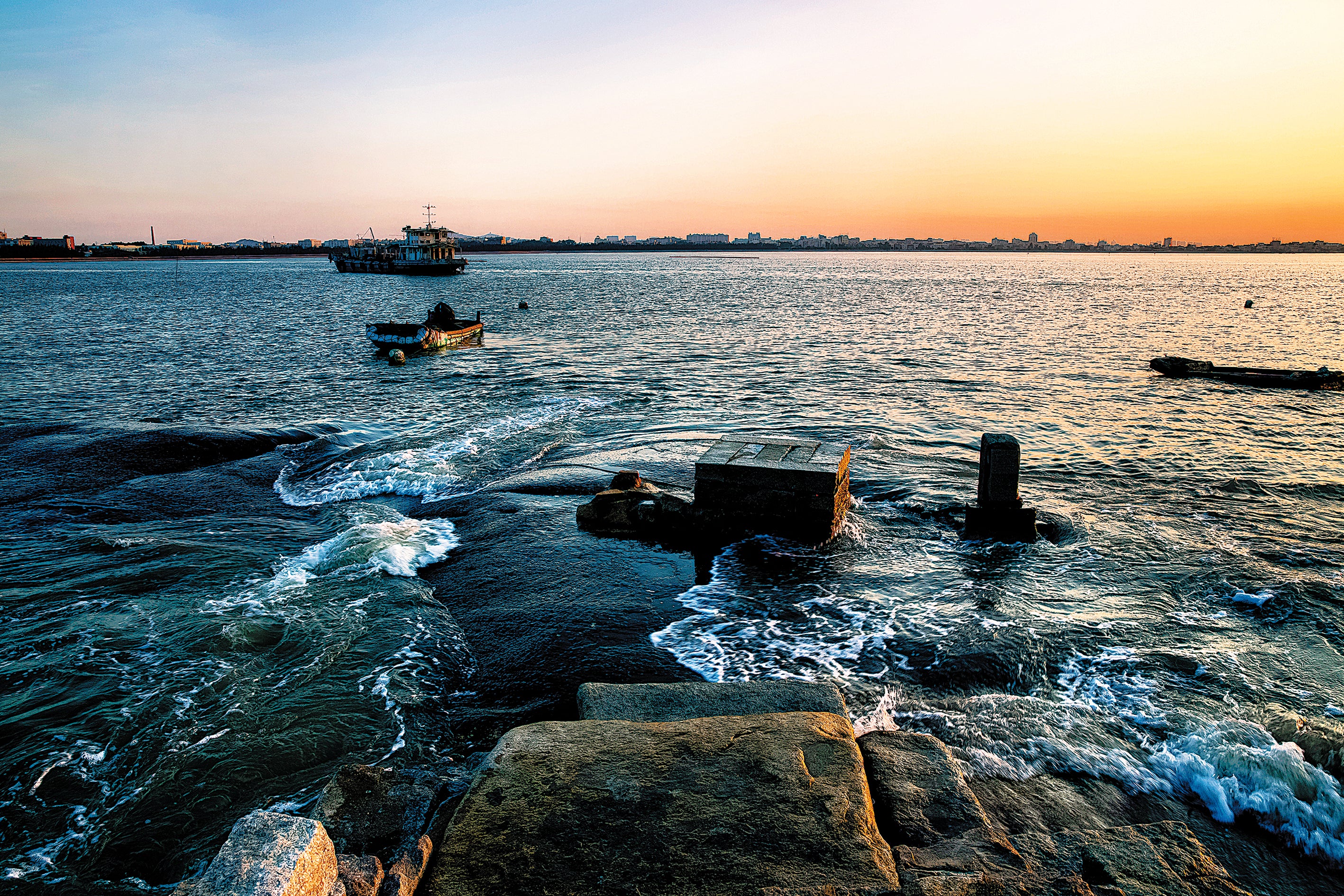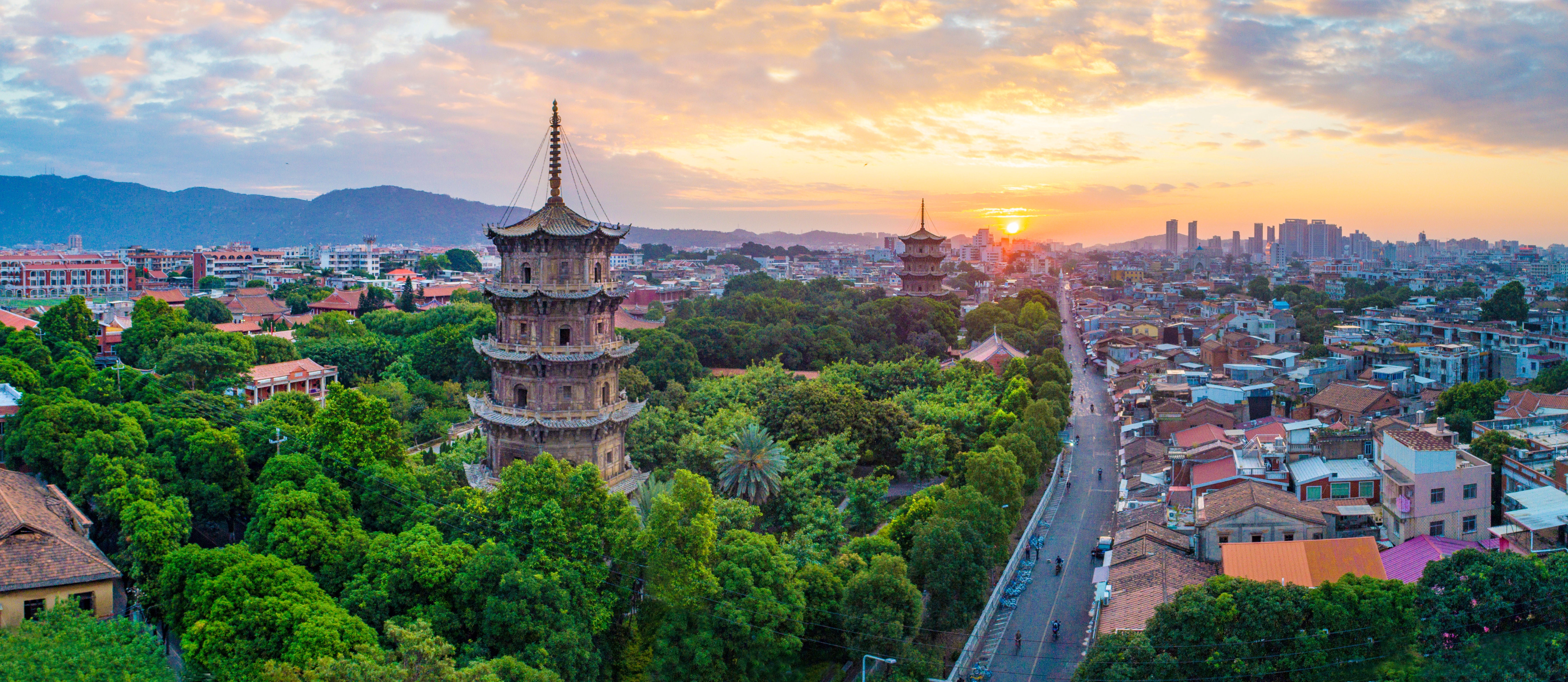A sea of possibility
THE ARTICLES ON THESE PAGES ARE PRODUCED BY CHINA DAILY, WHICH TAKES SOLE RESPONSIBILITY FOR THE CONTENTS

It is said that Jiuri Mountain was where the early migrants in the third century from North China to Quanzhou, Fujian province, climbed and, facing north, were overcome by nostalgia as they gazed in the direction of their war-torn home.
But times change and, centuries later, their descendants, during the Song Dynasty (960-1279), went to the mountain summit but this time their gaze was in the opposite direction. Their focus was on the ocean and the dreams it inspired. They prayed for a propitious wind and wished for safe passage for the merchant ships, which underpinned the harbour city’s prosperity.
The prayers on the summit survive and can be seen in the 10 red cliff inscriptions, dating from 1174 to 1266. Many more inscriptions are believed to have once existed.
As shown by ancient documents, local governors of the Song Dynasty would lead a group of officials and members of the royal clan to make sacrificial offerings to a temple on the mountain every summer and winter. They wanted the monsoon to sail the ships to their destinations and arrive safe and sound.
The Jiuri Mountain Wind-Praying Inscriptions is one of the 22 components of “Quanzhou: Emporium of the World in Song-Yuan China”, which was inscribed onto the World Heritage List on 25 July.

In the eyes of scholars, these precious stone inscriptions are not just a historical archive providing a reliable meteorological record.
“They also reflect the state power and a national-level system of the Song Dynasty to promote, manage and control maritime trade,” said Fu Jing, deputy director at the Institute of Architectural History, which is linked to the China Architecture Design and Research Group.
“The 22 components cannot be seen as 22 scattered spots,” she said. “They are closely linked to one another, functionally, spatially and culturally, and jointly exhibit the key attributes of Quanzhou’s regional economic and social system shaped by the surging wave of world maritime trade.”
The historic sites, now accorded World Heritage status, include administrative buildings, the city’s infrastructure, such as city gates and walls, religious sites that marked multicultural communities, production sites for ceramics and iron, as well as a transportation network formed by bridges, docks and pagodas.
Consensus was reached between the authorities and the general public during the Song Dynasty to make full use of maritime trade, Fu said, because tense relations between the dynasty and its neighbours to the north made cross-border trading routes on land unstable. “The focus of development thus shifted towards the ocean,” she said.
After the Song Dynasty lost half its territory and entered the Southern Song period (1127-1279), maritime trade became even more crucial to prolong its rule.
A historic opportunity came upon Quanzhou. From the 10th to 14th centuries, global maritime trade experienced a remarkable period of prosperity.
The city, known as Zayton overseas, boomed and surpassed Guangzhou, in today’s Guangdong province, to become the country’s biggest harbour in the early 13th century. This upward trend continued into the Yuan Dynasty (1271-1368) as its Mongol rulers also upheld the national policy to support thriving maritime trade.
The 14th-century Moroccan explorer, Ibn Battuta, wrote: “The harbour of Zayton is among the biggest in the world, or rather the biggest.”
The tide still rises and falls, day after day, in front of the Estuary and Shihu stone docks, which no longer receive sailors from afar. Liusheng and Wanshou pagodas remain, but today’s cargo ships do not need them to navigate.
Still, visiting these sites is like a pilgrimage to the past and a journey to reconstruct the full picture of a trade system.
Hu Meidong contributed to this story
Previously published on Chinadaily.com.cn
